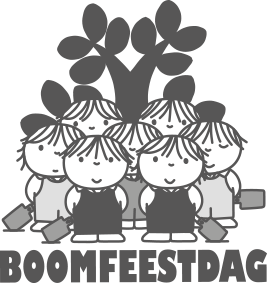Tree of the month: Cornus mas
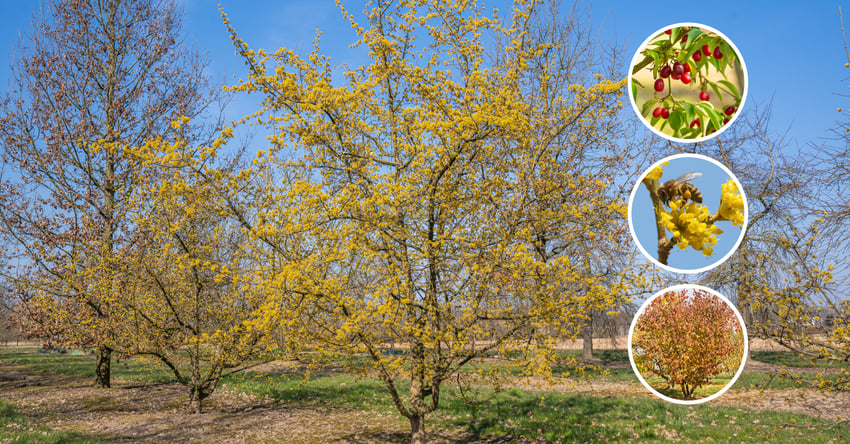
Cornus mas (Cornelian cherry) is a true harbinger of spring that cautiously puts on a display of colour at the beginning of February. This heralds the second quarter as we approach the vernal equinox when the plant world comes back to life. When the Cornelian cherry is in full bloom in February - March, it really feels like the start of spring. It is a widely used landscape tree but also greatly beneficial in urban areas for both animals and humans.
Cornus mas belongs to the dogwood family (Cornaceae) and originally comes from Central and Southern Europe and Western Asia. In the Netherlands, it was originally found only in South Limburg prior to the Medieval Ages. The plant is sometimes classified under Dutch native trees and shrubs but considered rather as an archaeophyte. It is a deciduous shrub with a characteristic scaly bark that peels as it ages over time. Its upright habit also makes it a good option for use as a small tree and can easily be pruned to shape.
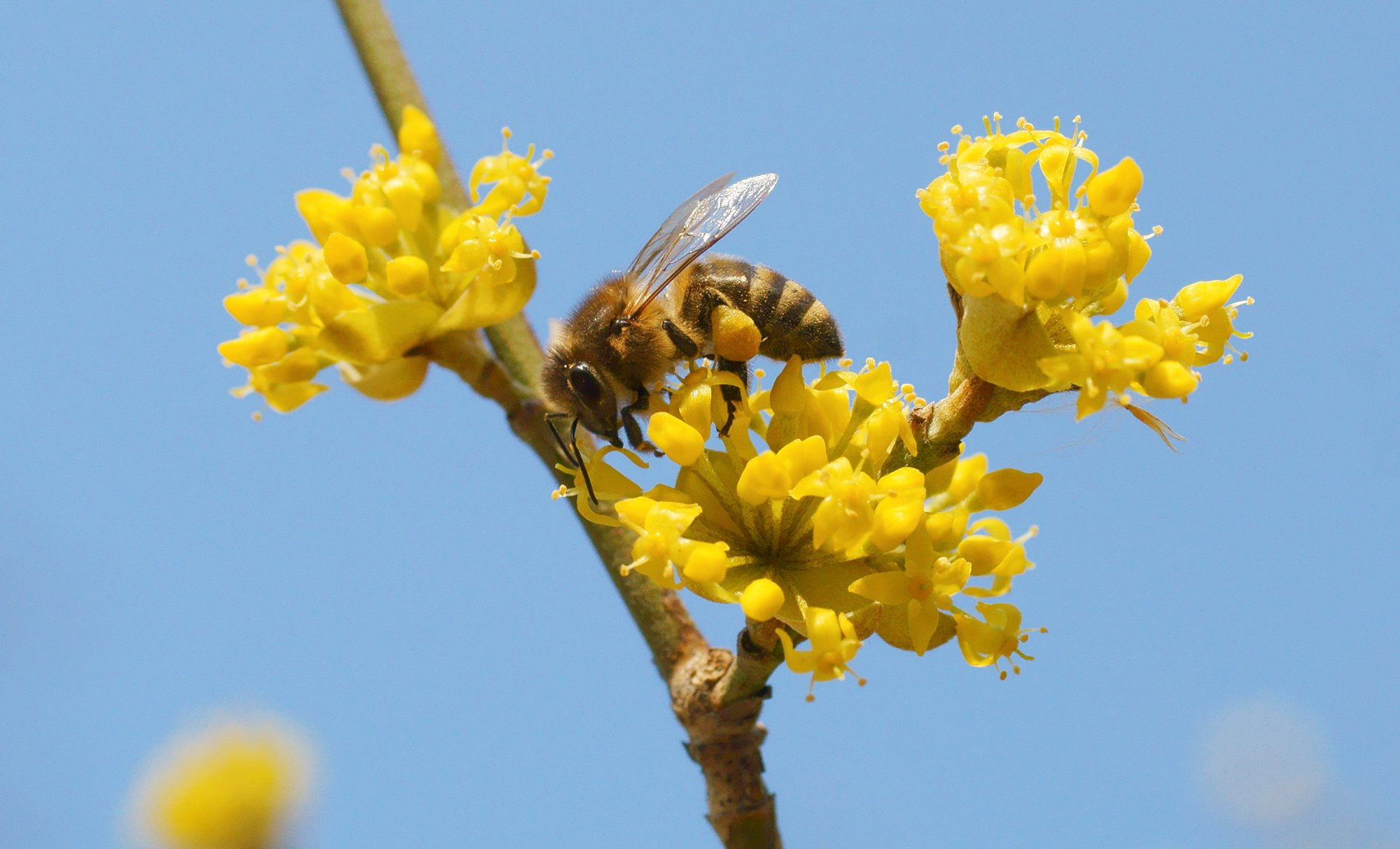
Remarkably early blossom
In the winter the plant can easily be identified by its thick buds. The flowering period usually extends from the end of February into March, making it one of the first woody plants to come into flower. The shrub produces small bright yellow flowers which appear in tight clusters along the bare twigs. Hence, it was once known by the name of ‘flowering wood’. These flowers are most striking against the backdrop of bare winter landscapes and often bloom before many other plants start their growth cycle. Their pollen and nectar are a valuable resource for early-emerging insects. The flowering period lasts a few weeks after which the shrub develops its fresh green leaves. In this early part of the year, Cornus is one of the few native woody plants with yellow blossom on bare wood.
Highly versatile
Suitable for a wide range of uses and applications and boasting excellent characteristics, Cornus mas can often be found in planting schemes. Because the plant tolerates pruning well, it can be shaped into a nice-looking, open shrub. With its blossom on bare wood, it is a good idea to set the plant against a tall evergreen hedge or wall, for example. This makes its blossom particularly eye-catching. Other attractive, spring-flowering plants such as snowdrops, Christmas rose, lungwort or winter aconite can be underplanted around the base of the tree. After flowering, the shrub forms a green enclosed crown and, due in part to its limited size, this makes it a good choice for the smaller garden. Its upright habit also often makes it a good option as a small tree. The oval leaves are matt green and turn an attractive yellow to orange in October when planted in full sun. The smooth, brown-grey bark on juvenile plants takes on its decorative appearance in maturity, changing to light brown and peeling off in small sections. The plant requires hardly any pruning.
Abundance of fruits
As well as its ornamental value the plant is known for its beautiful red oblong, glossy, cherry-like fruits. These can be tart or slightly sweet and are used in jam, jelly, syrup and alcoholic drinks. In some heavy-cropping years, the shrubs can be completely covered with these red drupes, which, on account of its good yield, makes the tree suitable for use in a food forest. The fruits start off green but gradually ripen to a deep, vivid red colour and are approximately one to two centimetres long. These fruits have many culinary uses and can be prepared in lots of different ways. For example, the cherry-like fruits are dried and used as tea. They are also fermented and used to make wine and spirits. Despite being fragile, the fruits are also consumed fresh and in parts of Italy pickled like olives.
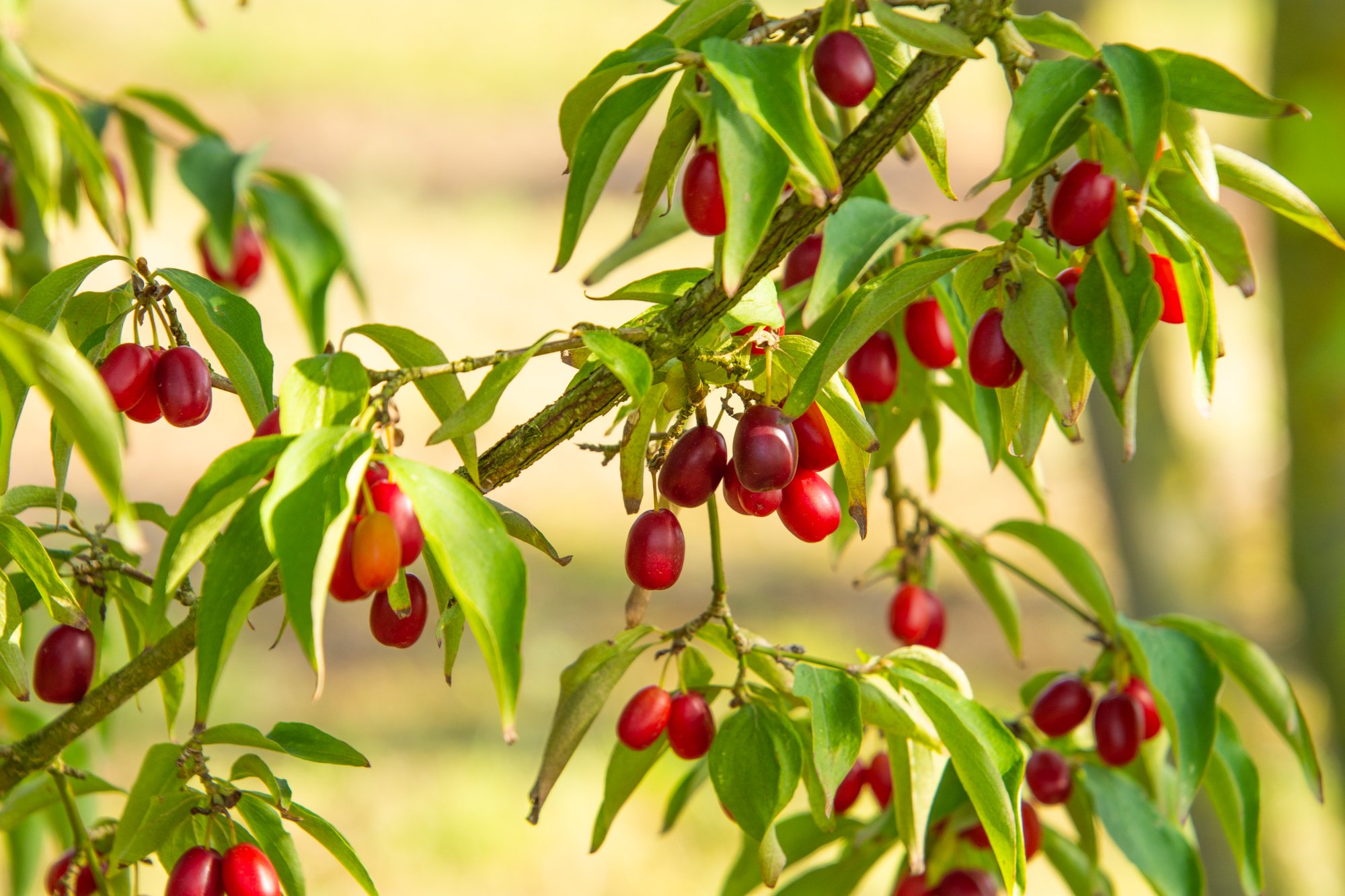
Use in food forests
Cornus mas makes a valuable addition to food forests owing to the wide-ranging use of its fruits and the high yield. The fruits are attractive to wildlife too, such as birds, which can make a positive contribution to the ecosystem and aid seed distribution. The planting of Cornus mas in a food forest ensures a sustainable and diverse ecosystem that supplies food and supports local biodiversity, thereby improving the attractiveness of the area.
Small town gardens
Cornus mas is a perfect choice for medium-size to large gardens and public spaces where the plant has room to develop its natural form. It is a slow-growing but very long-lived tree. The Cornelian cherry can be planted in any well-drained soil, even in very dry locations, and is very heat and drought tolerant. Once established, the plant tolerates heavy pruning and can even resprout from the base. It makes a perfect hedge plant too and can even be used as a topiary tree. The Cornelian cherry tolerates shade from other plants but will thrive in an open site, in full sun or partial shade. Used as a tree it makes a perfect choice for the smaller town garden that gives a lot of privacy owing to its enclosed crown.

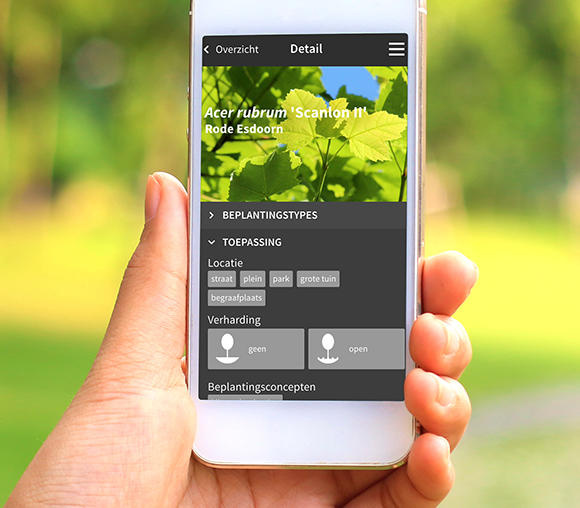

.jpg?length=500&name=Betula%20nigra%20500-600-HM-101220-4-winterbeeld%20(1).jpg)






